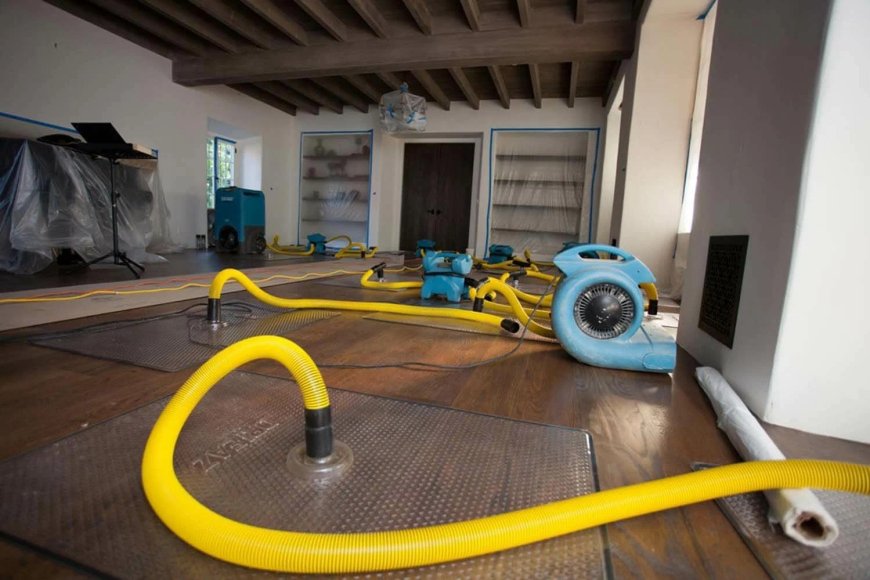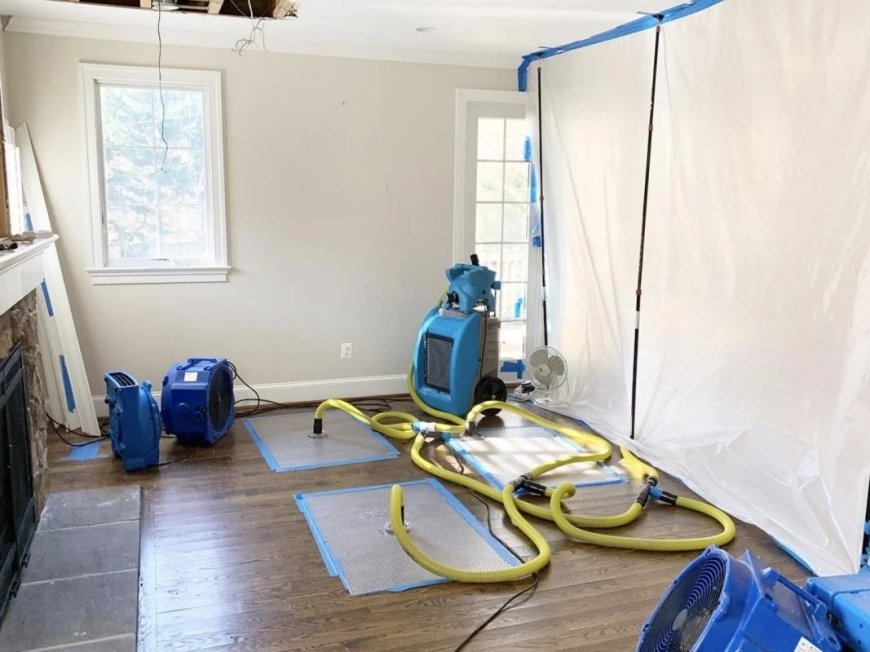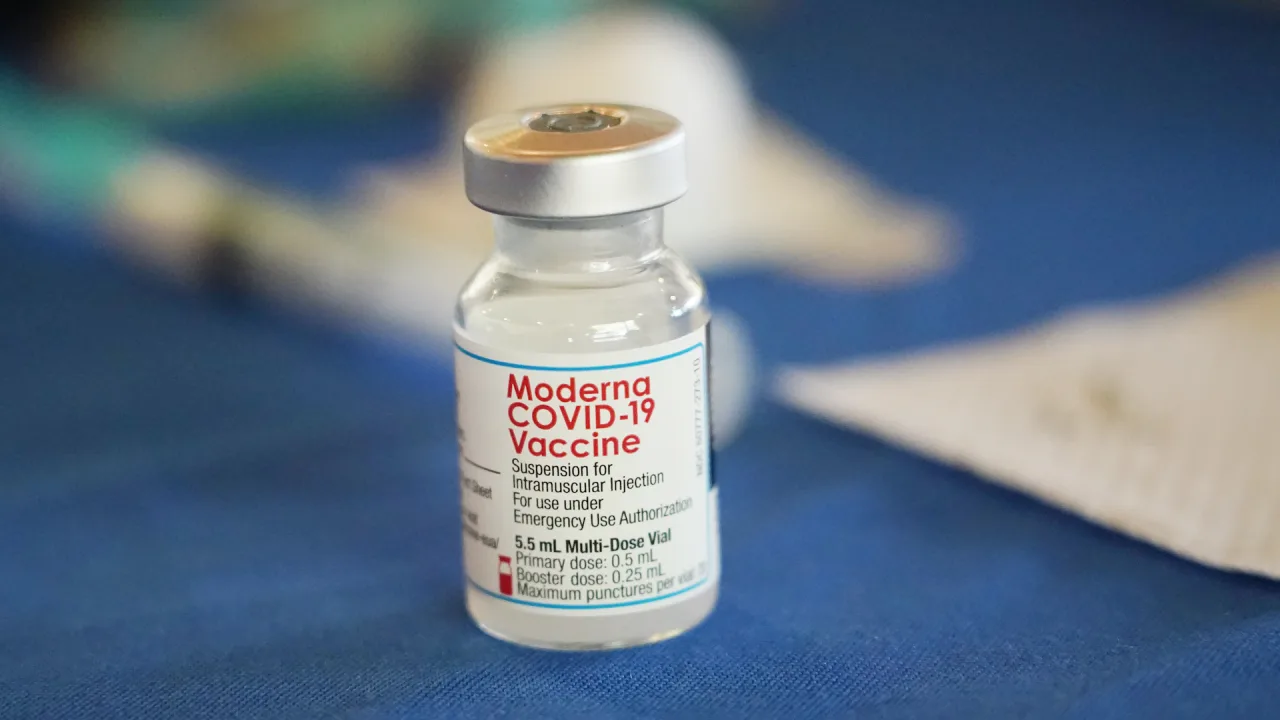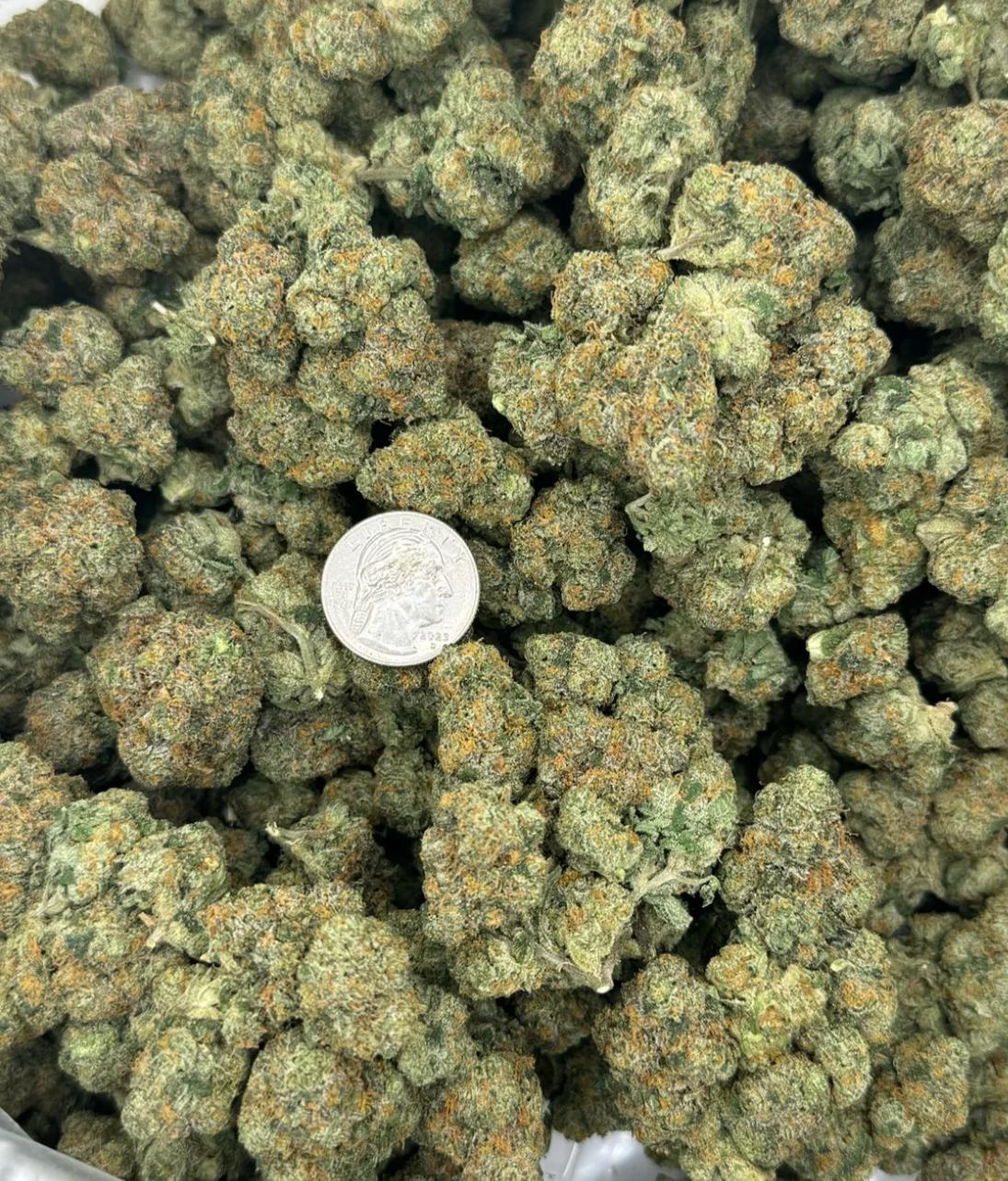The Role of Water Mitigation in Gresham, OR in Preserving Building Foundations
Gresham's foundation preservation depends critically on rapid response protocols that combine advanced moisture detection technology with targeted intervention strategies.

Water mitigation serves as the primary defense mechanism against foundation deterioration in Gresham's unique geological and climatic conditions. Professional water extraction, structural drying, and moisture control systems prevent concrete degradation, soil erosion, and structural instability that can compromise building integrity within 24-48 hours of water exposure. Effective mitigation strategies address both immediate water removal and long-term moisture management to maintain foundation stability across Gresham's clay-rich soils and seasonal precipitation patterns.
Gresham's foundation preservation depends critically on rapid response protocols that combine advanced moisture detection technology with targeted intervention strategies. The region's specific challenges—including expansive clay soils, elevated groundwater tables, and winter precipitation exceeding 45 inches annually—demand specialized mitigation approaches that extend far beyond basic water removal to encompass comprehensive structural protection systems.
Critical Foundation Threats in Gresham's Environment
Gresham's geological composition creates unique vulnerabilities for building foundations through several interconnected mechanisms. The area's predominant Boring Lava and sedimentary formations, combined with marine clay deposits, generate conditions where water infiltration produces rapid structural consequences.
Clay soil expansion represents the most immediate threat to foundation stability. When saturated, Gresham's clay soils can expand up to 15% beyond their dry volume, creating lateral pressure exceeding 5,000 pounds per square foot against foundation walls. This expansion-contraction cycle, accelerated by water exposure, generates micro-fractures that propagate through concrete over multiple wet-dry cycles.
Hydrostatic pressure buildup occurs when water accumulates around foundation perimeters without proper drainage systems. Gresham's relatively flat topography in residential areas, combined with seasonal water table elevation changes, can generate sustained pressure loads that exceed foundation design specifications. Concrete foundations typically withstand 3,000-4,000 PSI compression but only 300-500 PSI tension, making them vulnerable to water-induced stress patterns.
Bonus Tip: Monitor basement humidity levels with digital hygrometers—readings above 60% indicate potential moisture infiltration requiring immediate investigation.
Seasonal Water Table Dynamics
Gresham experiences dramatic seasonal variations in groundwater levels, with winter elevations rising 3-8 feet above summer minimums. This fluctuation creates a pumping effect that draws moisture into foundation materials through capillary action and direct infiltration. The transition periods—particularly October through December and March through May—present the highest risk intervals for foundation damage.

Water Mitigation Technologies and Applications
Modern water mitigation services in Gresham, OR employs multiple technological approaches tailored to Gresham's specific environmental conditions. Professional-grade equipment and methodologies address both emergency water removal and preventive moisture control through integrated systems.
|
Mitigation Technology |
Primary Application |
Effectiveness Duration |
Cost Range |
|
Structural Dehumidification |
Ambient moisture control |
30-90 days |
$800-2,400 |
|
Injection Grouting |
Foundation crack sealing |
10-25 years |
$300-800 per linear foot |
|
French Drain Systems |
Perimeter water diversion |
15-30 years |
$4,000-12,000 |
|
Vapor Barrier Installation |
Moisture prevention |
20-40 years |
$1,500-4,500 |
|
Sump Pump Systems |
Active water removal |
8-15 years |
$1,200-3,500 |
Thermal imaging technology enables precise moisture detection within foundation materials before visible damage occurs. Professional-grade thermal cameras identify temperature differentials as small as 0.1°C, revealing moisture concentrations that indicate potential structural compromise. This early detection capability proves crucial in Gresham's climate where moisture infiltration can remain undetected for months.
Advanced drying systems utilize industrial-grade equipment specifically calibrated for Pacific Northwest conditions. Low-grain refrigerant (LGR) dehumidifiers extract moisture more efficiently in Gresham's typical temperature ranges (45-65°F) compared to conventional desiccant systems, achieving target moisture levels 40-60% faster.
Soil Stabilization Techniques
Chemical soil stabilization represents an emerging approach for addressing Gresham's expansive clay challenges. Lime and cement injection systems modify soil chemistry to reduce expansion potential by 60-80%, creating more stable foundation environments. These treatments typically cost $15-25 per square foot but provide 20-30 year effectiveness periods.
Bonus Tip: Schedule foundation inspections during late spring when soil moisture content reaches seasonal peaks—this timing reveals potential issues before summer drying masks symptoms.
Technical Specifications for Foundation Protection
Professional water mitigation systems require precise calibration to address Gresham's specific environmental parameters. Technical specifications must account for local soil conditions, precipitation patterns, and building characteristics to achieve optimal protection outcomes.
|
System Parameter |
Gresham Standard |
Performance Requirement |
Monitoring Frequency |
|
Soil Moisture Content |
15-25% optimal |
Maintain below 30% |
Monthly during wet season |
|
Foundation Perimeter Drainage |
6-inch minimum slope |
1% grade away from structure |
Semi-annual inspection |
|
Vapor Barrier Thickness |
6-mil minimum |
10-mil recommended |
Annual integrity check |
|
Dehumidification Capacity |
50-150 pints/day |
Match cubic footage |
Weekly during operation |
|
Sump Discharge Rate |
35-50 GPM minimum |
Handle 100-year flood |
Quarterly testing |
Moisture content monitoring requires specialized equipment capable of measuring through multiple material types. Pin-type moisture meters provide surface readings while non-invasive meters detect moisture up to 1.5 inches deep in concrete and masonry materials. Professional assessments utilize both technologies to create comprehensive moisture profiles.
Drainage system specifications must accommodate Gresham's peak precipitation events, which can deliver 2-4 inches within 24-hour periods during atmospheric river events. Properly sized systems handle these volumes while maintaining continuous operation during extended wet periods.
Professional Assessment and Implementation
Effective water mitigation begins with comprehensive site assessment that evaluates multiple risk factors specific to each property's conditions. Professional evaluations examine soil composition, drainage patterns, structural vulnerabilities, and existing moisture intrusion points to develop targeted intervention strategies.
Soil permeability testing reveals how quickly water moves through foundation-adjacent soils. Gresham's clay-heavy soils typically exhibit permeability rates of 0.1-1.0 inches per hour, significantly slower than optimal drainage requirements. This slow infiltration creates surface water accumulation that increases hydrostatic pressure against foundation walls.
Structural moisture mapping identifies existing infiltration patterns and predicts future vulnerability areas. Thermal imaging surveys reveal temperature variations that indicate moisture presence, while electrical resistance measurements quantify moisture content within foundation materials themselves.

Implementation Timeline Considerations
Water mitigation implementation follows critical timing requirements to maximize effectiveness. Emergency water removal must begin within 24 hours of intrusion to prevent secondary damage, while comprehensive moisture elimination typically requires 5-14 days depending on affected material volume and environmental conditions.
Preventive system installation works best during dry summer months when soil conditions allow proper excavation and drainage system placement. Foundation crack sealing and vapor barrier installation achieve optimal results when ambient humidity remains below 50% for 48-72 hours post-installation.
Market Data and Industry Insights
Gresham's water mitigation market reflects growing awareness of foundation protection importance, with service demand increasing 35% annually over the past three years. Insurance claims related to foundation water damage average $8,400 per incident in the Portland metro area, with prevention costs typically running 15-25% of potential repair expenses.
Property values demonstrate measurable correlation with foundation condition, with homes showing moisture-related foundation issues selling for 8-12% below comparable properties with documented mitigation systems. Professional water damage restoration contractor typically return 60-80% of their cost in property value retention.
Recent industry data indicates that properties with comprehensive water mitigation systems experience foundation-related insurance claims at rates 70% lower than unprotected structures. This reduction translates to measurable insurance premium benefits for many property owners.
Things to Consider Before Making a Decision
Foundation protection decisions require careful evaluation of multiple factors that influence both immediate costs and long-term benefits. Property-specific conditions, budget constraints, and timeline considerations all impact optimal mitigation approaches.
Property age and construction methods significantly influence mitigation strategy selection. Homes built before 1980 often lack modern vapor barriers and drainage systems, requiring more comprehensive interventions. Newer construction may need only targeted improvements or preventive maintenance protocols.
Soil test results provide essential information for system design and component selection. Clay content, drainage characteristics, and seasonal stability patterns determine which technologies will prove most effective for each site's specific conditions.
Budget planning should account for both initial installation costs and ongoing maintenance requirements. While comprehensive systems require higher upfront investment, they typically provide lower total cost of ownership through reduced repair needs and extended foundation lifespan.
Bonus Tip: Request detailed moisture mapping reports that document baseline conditions—these records prove invaluable for insurance claims and future maintenance planning.
Long-term Maintenance Requirements
Professional water mitigation systems require regular maintenance to maintain optimal performance. Drainage systems need annual cleaning and inspection, while vapor barriers require periodic integrity checks. Mechanical components like sump pumps need quarterly testing and 5-7 year replacement cycles.
Environmental monitoring equipment requires calibration every 12-18 months to ensure accurate readings. Professional service contracts typically cost $200-400 annually but provide guaranteed response times and priority service during emergency situations.
Common Questions
How quickly does water damage affect foundation stability? Structural impact begins within 24-48 hours of water exposure, with clay soil expansion generating measurable pressure increases within the first week. Permanent damage often occurs within 30-60 days without intervention.
Which mitigation approach provides the best long-term value? Comprehensive perimeter drainage systems combined with vapor barriers typically offer optimal cost-effectiveness, with 20-30 year service lives and 70-80% damage prevention rates.
Can existing foundation damage be reversed through water mitigation? Mitigation prevents further deterioration but cannot reverse existing structural damage. Early intervention stops progression while repair work addresses existing issues.
How do seasonal changes affect mitigation system performance? Gresham's wet-dry cycles create dynamic conditions requiring adaptive system responses. Proper designs accommodate seasonal variations through variable capacity equipment and redundant protection layers.
What warning signs indicate the need for professional assessment? Basement odors, visible moisture stains, foundation cracks wider than 1/8 inch, or interior humidity levels consistently above 60% warrant immediate professional evaluation.
FAQ
Q: How much does professional water mitigation cost in Gresham? A: Comprehensive residential systems typically range from $3,500-12,000 depending on property size and complexity. Emergency water removal services cost $800-2,400 per incident, while preventive installations average $5,000-8,000 for most homes.
Q: How long do water mitigation systems last? A: Professional-grade systems provide 15-30 year service lives with proper maintenance. Vapor barriers last 20-40 years, drainage systems function for 15-25 years, and mechanical components require replacement every 8-15 years.
Q: Can water mitigation systems handle Gresham's heaviest rainfall events? A: Properly designed systems accommodate 100-year flood events and atmospheric river conditions. Professional installations include capacity margins that handle 2-4 inch daily precipitation totals common during winter storm events.
Q: Do water mitigation improvements affect property insurance rates? A: Many insurers offer 5-15% premium reductions for homes with documented professional mitigation systems. Foundation protection reduces claim probability by 60-70%, making properties more attractive to insurance providers.
Q: When is the best time to install water mitigation systems? A: Late spring through early fall provides optimal installation conditions. Dry soil conditions allow proper excavation while moderate temperatures ensure material curing and system calibration occur under ideal circumstances.
Ready to Protect Your Foundation Investment
Gresham's unique environmental conditions demand proactive foundation protection through professional water mitigation systems. Comprehensive moisture control, drainage management, and structural monitoring provide the essential defense against water-related foundation deterioration that can compromise your property's value and structural integrity.
Take action now to safeguard your investment: Schedule your comprehensive foundation assessment with Prestige NW Restoration. Our specialized team understands Gresham's specific geological challenges and delivers targeted solutions that protect your property for decades to come.
Contact Prestige NW Restoration today: (360) 334-3624 or dispatch@prestige-nw.com.
Reviewer
Reviewer: Matthew Moore brings over 15 years of experience in residential renovation marketing. The review provided helped shape this content to better connect with homeowners seeking reliable, high-quality restoration and home improvement services.


























































































































































